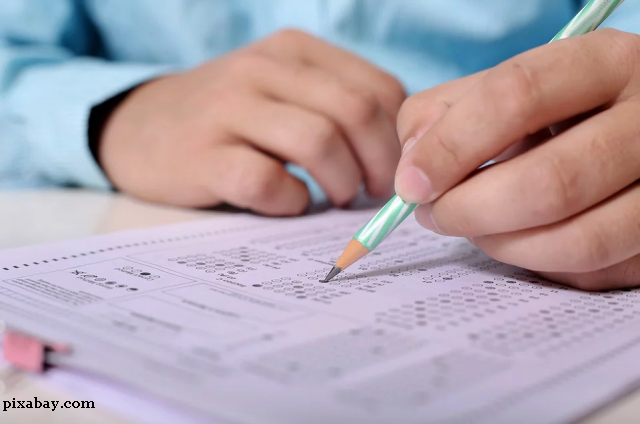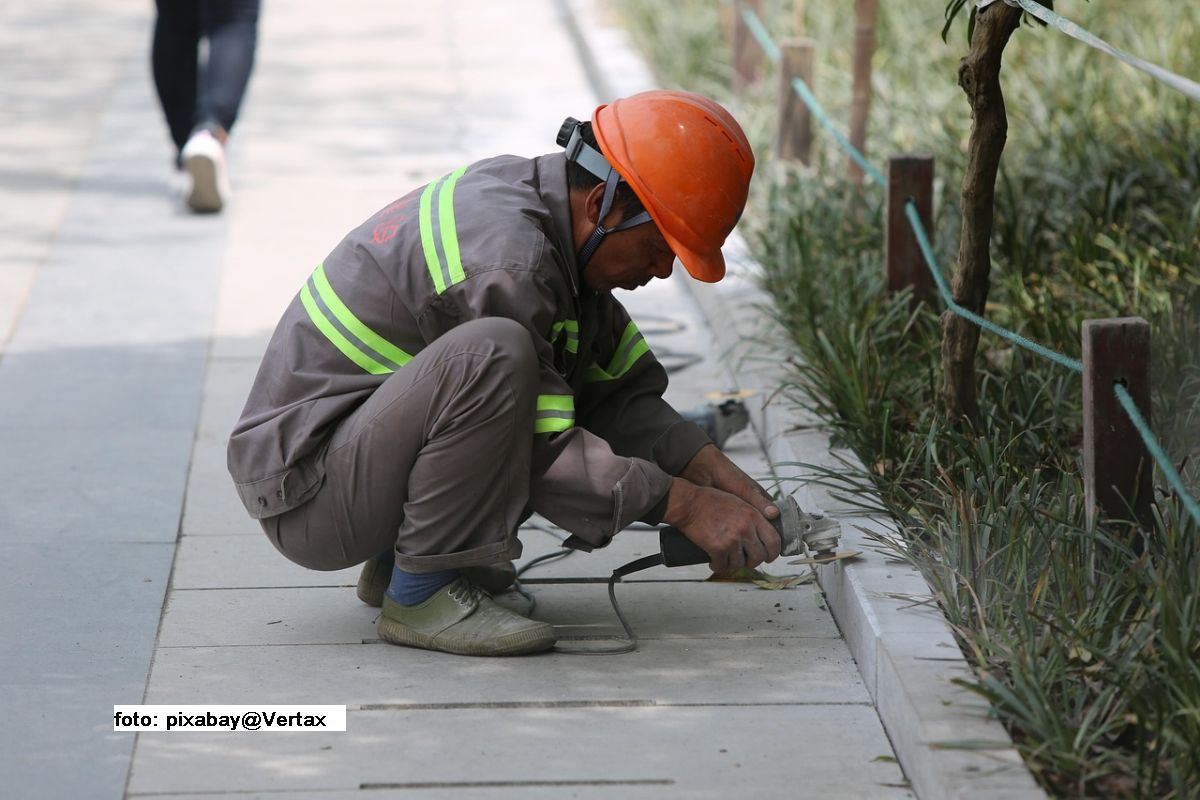Romanian education system in a European context
Romanian pupils and the international assessment tests
Warning: Trying to access array offset on null in /home/web/rri.ro/public/wp-content/themes/rri/template-parts/content.php on line 53

Warning: Trying to access array offset on null in /home/web/rri.ro/public/wp-content/themes/rri/template-parts/content.php on line 98
Christine Leșcu,
21.07.2021, 13:00
The COVID-19 pandemic is a worldwide ongoing
phenomenon. It has proved disastrous in all its social and economic
implications. As for the Romanian education system, the pandemic has occurred
at a bad moment, so much so that the system’s chronic problem resurfaced and
became even more serious than before. Some of those problems were highlighted
by a survey carried by TIMSS for 2019. TIMMS is an acronym for Trends
in International Mathematics and Science Study. TIMMS is held in a similar way
with the PISA tests; it is implemented every three years. IEA (International
Association for the Evaluation of Educational Achievement) has created
the tests. In Romania, TIMMS has been implemented by the University of
Bucharest. Results are far from optimistic for the Romanian pupils. Romanian
8th-graders are less competitive than their colleagues in Europe. Their average
score accounted for 479 points in Mathematics and 470 points in Sciences as compared to the international average
score standing at 500 points. Disappointing as it maybe, the result is in no way
surprising. The crux of the matter is for us to detect what it is that we need
to take into account if we want to set things to rights.
Professor of
Psychology with the University of Bucharest Dragos Iliescu explains:
The survey does not
reveal the reason why we ended up here, Of course we all look behind, saying to
ourselves we may have reached such a condition because of the uninspired
reforms that have been made in the last thirty years. Yet we noticed a couple
of aspects where the intervention is relatively easy to implement, with no
terribly high costs to go with it. The survey points to the fact that you have
a certain score and the score you get is associated with several other aspects
in the education system. Each and every child or pupil who was included in the batch was also supposed to answer questions, they are
part of a contextual survey targeting how she or he views school, how your
parents view school, what the washback effect is, of what they experience in
school, in certain respects. His Math and Sciences teachers also answer
questions that are part of a contact survey, the principal is also supposed to
answer a survey. Therefore, we can also take those contextual aspects into
account, which can then be identified as performance predictors. We have
identified three such aspects, that is equal opportunity, infrastructure and
the distribution of resources in the education system, the second aspect
pertains to the school climate, the environment and the learning experiences,
while the third aspect has to do with the teaching staff’s recruitment as well
as their early and lifelong training, but also with the educational support
services mainly targeting teachers.
In earnest, for a great many children, learning is
marred by poverty, social inequality and all sorts of family problems. All that
has a strong bearing on school results, which, for instance, leads up to
functional illiteracy. According to TIMMS, 22%
of the pupils are functional illiterates in Math and Sciences, as compared to
the international average of 13%.
Educational psychology expert Dragos
Iliescu:
The 22%, with no exception, is made
of pupils coming from underprivileged backgrounds, they hail from families that
usually live in rural areas or in small towns, or in backward regions, they are
pupils facing other problems, such as broken families, where parents have left
the country. In four years’ time, when those pupils graduate from the 8th
grade and when they are on the labor market, what are their opportunities and
what added value can they contribute to society? An unskilled workforce, of
which 22% does not even succeed to make the most elementary mathematical
operations, what jobs will they be able to have? What are the opportunities for
those children? It goes without saying they won’t be able to finish school and
will definitely fail in their baccalaureate exam. It goes without saying such
scores and such blatant lack of performance are also associated with school
dropout. Those children will never further their education going to
the university and will only be able to do the simplest and the least skilled
jobs you can think of.
Social and economic disparities are glaring in
environments where they are least expected to occur. We’re speaking about
laboratory practical work, which came under fire since parents and pupils alike
rue a system that ignores practical work, laying way too much emphasis on
theory.
Dragos Iliescu:
The existence of a lab leads up to more practical
classes, better grades and better performance in science classes. We’re aware such
an effect does exist. Yet at the same time, we do not know whether
performances are exclusively the outcome of the existence of the laboratory. Concurrently,
schools with laboratories are usually the schools where pupils are registered,
coming from well-to-do families. Those are the urban areas schools and schools
of the privileged urban areas. Therefore, it is difficult for us to realize if
that is a real consequence of the fact that the lab does exist or whether, as a
side-effect, schools with laboratories draw brighter children anyway, or
children coming from affluent families.
Consequently, the backdrop against which education and
the set of teaching methods are implemented is sometimes more important that
the content of the courses proper. Which has been emphatically highlighted by
the TIMMS tests.
Educational psychology
expert Dragos Iliescu:
In fact, the TIMMS surveys point to
the fact that the curricula and the syllabus do not matter that much, and I am
going to tell you how I know that. One of the allegations quite often made by the
detractors of those tests runs as follows: Romanian children’s results in such
tests are poor because the proper content is not being taught with us. To put it
differently, in our system, the content which is taught is different from what
is tested through those international tests. But here’s how we can do it. Take
each of the tested subjects and analyze if it is taught or not, in keeping with
each and every school’s curricula. And that is how we can actually detect the
test coverage ratio through the national curricula. And that is how we found
out Romania was the country where the test had the widest curricular coverage.
We have a 88% coverage of that. We teach 88% of what is included in the test, quite unlike
Finland, Europe’s leader regarding such tests. In Finland, a mere 41% of the
test is covered by the curricula. So it does not matter what you teach, but how
you teach it. Therefore, the massive difference between Romania and Finland
does not lie in the curricula. We should have had much bigger scores, as for our
children, that content is exactly what is being taught and which was tested
afterwards. The quality of teaching matters, rather, the creation of
competences matters, pertaining to mathematical reasoning and not to the rote
implementation of several formulae.
(Translation by Eugen Nasta)






























